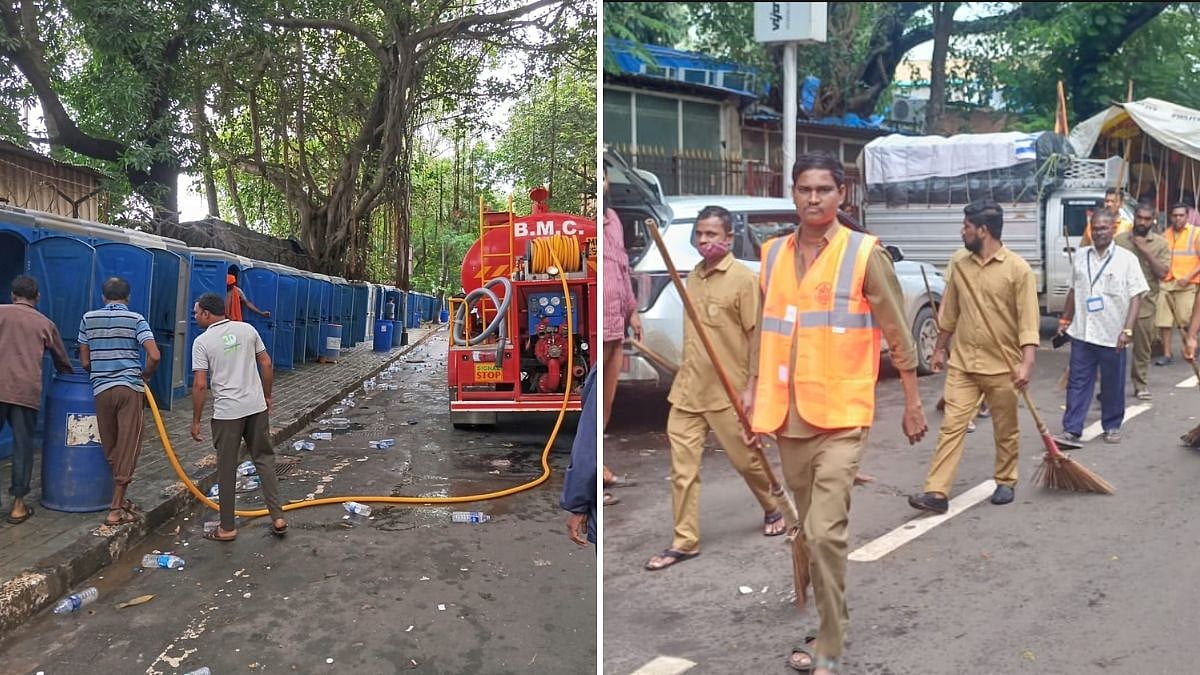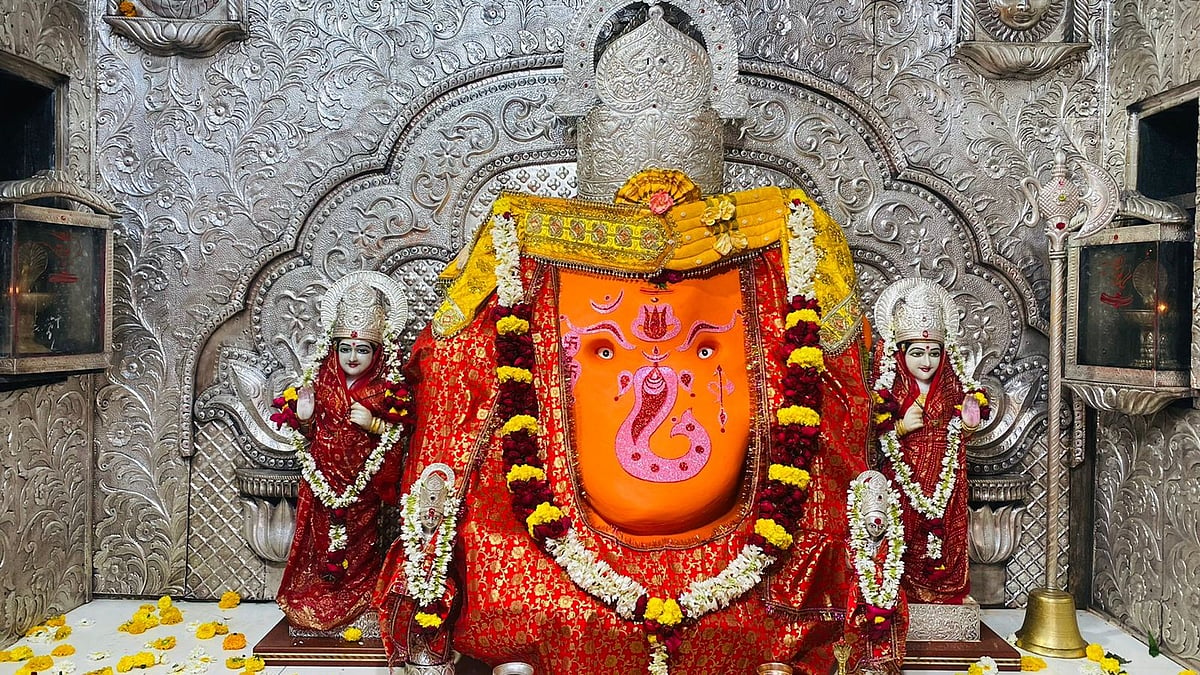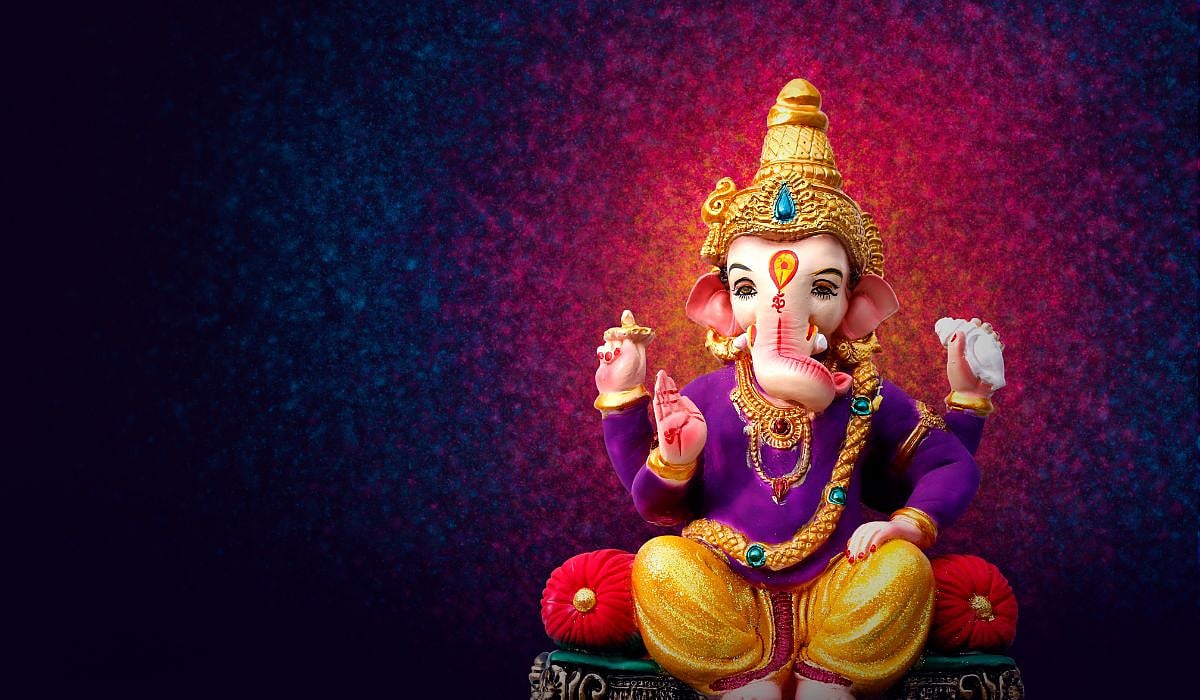--By Dr Sheetal Nair
Navratri, or literally Nine Nights, is a festival that spans nine nights (and ten days) and is celebrated every year in the autumn. It is observed for different reasons and celebrated differently in various parts of the country. Theoretically, there are four Navratri’s as per the four seasons. However, in practice, it is the post-monsoon autumn festival called Sharad Navratri which is most observed in the honour of the goddess “Durga”.
In majority of the state the Navratri is synonymous with devotion towards the goddess “Durga” or “Amba” over evil. While in the southern states, the victory of different goddesses “Saraswati” is celebrated.
While Navratri is celebrated with dance and music (Garba or Dandia) in the western parts of the country, Durga Puja is celebrated in the east, Jagrans & festivities are the norm up north, down south it is noted for “Ayudha Pooja” and “Vidyarambham”.
Overall, this season brings a lot of hope and positivity in the Indian subcontinent, devotionally speaking or otherwise too one may equate this to Christmas in Europe and Americas. Ancient wisdom dictates that during this period our body and mind undergoes a lot of changes. Being around people and focussing one’s mind towards something larger than life allows oneself to affirm the positive, visualize the positive and expect the positive, and life changes accordingly.
The significance of the festival can be gauged by the way the entire country gears up for this festival, the markets respond positively and the entire industry looks towards this season, although this time due to COVID-19 there is some uncertainty surrounding the entire season but one can be hopeful.
(The writer is Corporate Head — DSS Group of Companies)











